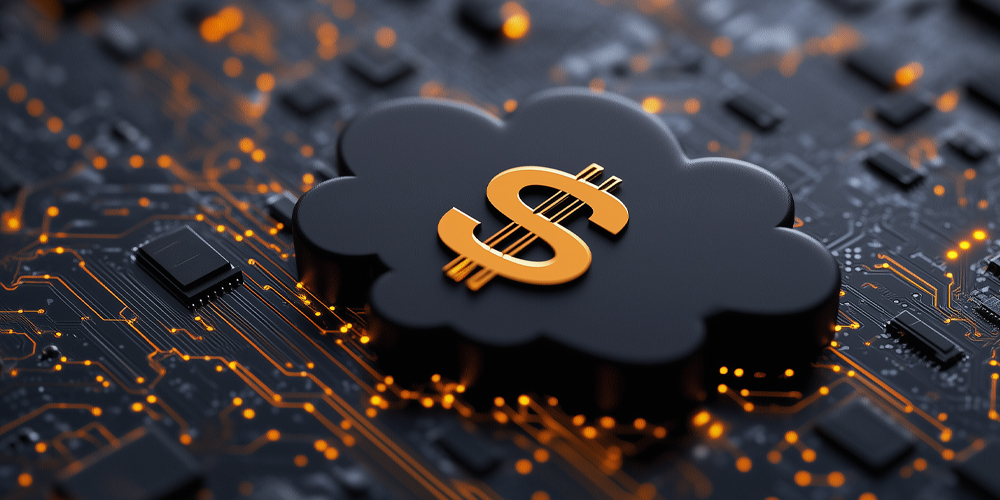1. The Evolution of Smart Homes
Smart homes are no longer a futuristic concept—they are a reality for millions of people today. Devices like smart thermostats, voice assistants, smart lights, and security systems are becoming increasingly common. But as the technology improves, the future of smart homes looks even more impressive.
In the next few years, we can expect home automation to become even more sophisticated. Homes will become more intelligent and self-sufficient, with devices that learn from our habits and make adjustments automatically. For example, a smart home could adjust its temperature based on weather forecasts, automatically switch off appliances when not in use, or even manage grocery shopping by tracking pantry stocks.
The integration of artificial intelligence (AI) and machine learning will allow devices in the home to become smarter. These devices will learn from daily routines and interactions, helping to improve efficiency, save energy, and enhance comfort.
Furthermore, 5G networks will play a crucial role in advancing smart homes. With faster and more reliable internet speeds, devices will be able to communicate in real-time, providing smoother and more responsive experiences. This could lead to a future where every aspect of your home is connected, from appliances to furniture, allowing for seamless integration and greater convenience.
2. IoT and Healthcare: A Healthier Tomorrow
One of the most transformative applications of IoT is in the healthcare industry. Smart gadgets, wearable devices, and remote monitoring systems are enabling healthcare professionals to track patients’ health in real-time, providing valuable insights into their condition and improving treatment outcomes.
Wearable health devices, like fitness trackers and smartwatches, are already popular for tracking activity levels, heart rate, and sleep patterns. However, in the future, these devices could become even more advanced. They may be able to monitor blood sugar levels, blood pressure, or even detect early signs of chronic illnesses like heart disease or diabetes.
The combination of IoT and AI in healthcare could lead to breakthroughs in preventative medicine. Real-time data collected from wearable devices can be analyzed by AI algorithms to predict health issues before they become serious. This shift towards proactive healthcare could significantly reduce the burden on hospitals and healthcare systems, allowing for earlier intervention and better patient outcomes.
Remote monitoring systems will also play an essential role in the future of healthcare. Patients will be able to receive care at home through connected devices, which can send health data directly to healthcare providers. This is especially important for elderly patients or individuals with chronic conditions who may have difficulty visiting healthcare facilities regularly.

3. Connected Cars: Driving Into the Future
The automotive industry is undergoing a dramatic transformation, largely thanks to the rise of IoT. Connected cars are already on the roads today, with features like real-time navigation, remote diagnostics, and infotainment systems. However, the future of connected vehicles goes beyond just entertainment and convenience.
One of the key areas in the future of connected cars is autonomous driving. With advancements in AI, machine learning, and sensor technologies, self-driving cars are becoming more capable of navigating traffic and making decisions without human intervention. This could drastically reduce accidents, improve traffic flow, and even provide greater independence for individuals who are unable to drive.
Additionally, vehicle-to-vehicle (V2V) and vehicle-to-infrastructure (V2I) communication will be essential in making autonomous driving a reality. These technologies allow vehicles to communicate with each other and with the infrastructure around them, such as traffic lights or road sensors. By sharing information, vehicles can make safer and more informed decisions, reducing the likelihood of accidents.
Another exciting possibility is the integration of electric vehicles (EVs) with IoT. IoT-enabled EVs will be able to communicate with charging stations, provide real-time updates on battery levels, and even optimize energy consumption. As the world moves toward sustainable transportation, the intersection of IoT and EVs will be pivotal in creating a cleaner, more efficient transportation ecosystem.
4. Smart Cities: A Connected Future
Smart cities represent the next frontier for IoT. These urban spaces use connected devices and sensors to improve the quality of life for residents, reduce environmental impact, and increase operational efficiency. The integration of IoT in cities has the potential to change the way people interact with urban spaces.
One of the key areas where IoT can benefit cities is in energy management. Smart grids, for example, can optimize electricity distribution, reduce waste, and ensure more reliable service. Similarly, smart lighting systems can adjust streetlights based on time of day or traffic flow, saving energy and reducing costs.
Traffic management is another area where IoT will play a significant role. With real-time data from connected vehicles and traffic sensors, cities can optimize traffic flow, reduce congestion, and minimize pollution. This could also lead to the development of smart parking systems, which help drivers find available parking spots more easily and reduce the time spent searching for a space.
IoT can also improve public safety through connected surveillance systems. These systems can monitor public areas in real-time, allowing authorities to respond quickly to incidents or emergencies. Environmental monitoring sensors will help track air quality, temperature, and other environmental factors, providing data to address pollution and climate-related challenges.
5. The Role of 5G in IoT Expansion
The rollout of 5G networks will be one of the most critical enablers of the future of IoT. Compared to current 4G networks, 5G offers significantly faster speeds, lower latency, and greater connectivity. These improvements will make it possible to connect many more devices at once, with faster data transfer and improved reliability.
The increased bandwidth and low latency of 5G will allow for near-instantaneous communication between IoT devices. This is particularly important for applications that require real-time data processing, such as autonomous vehicles, smart factories, and healthcare monitoring systems. The ability to handle large volumes of data quickly and reliably will enable more advanced IoT applications and create new opportunities for innovation.
Furthermore, 5G will support the growth of the industrial IoT (IIoT), where sensors and connected devices are used in manufacturing, logistics, and supply chain management. This will enable businesses to gather more accurate data, improve operations, and reduce costs.

6. Privacy and Security Challenges
As more devices become connected, privacy and security concerns will grow. The increase in data collection and real-time monitoring raises questions about how personal data is used, stored, and protected. In 2024 and beyond, it will be crucial to develop strong cybersecurity measures to protect IoT devices and ensure the privacy of users.
End-to-end encryption, multi-factor authentication, and secure cloud storage will become standard practices to safeguard IoT devices from cyber threats. Additionally, governments and organizations will need to create and enforce regulations that ensure transparency, data protection, and user control over their personal information.
Conclusion
The future of smart gadgets and IoT is bright, with innovations poised to enhance every aspect of our lives. From smart homes and healthcare to connected cars and smart cities, IoT will create a more connected, efficient, and convenient world. As 5G networks expand and AI continues to improve, we can expect even greater advancements in IoT technology.
However, these innovations also come with challenges, particularly around privacy and security. As IoT becomes more integrated into our daily lives, it will be essential for both consumers and companies to address these concerns proactively. By doing so, we can unlock the full potential of smart gadgets and the Internet of Things in creating a better, more connected future.




